Anyone with children will know that no matter how lofty your intentions to maintain an “adult” house and not succumb to stairgates, socket covers and more, once your baby becomes mobile, refusing to make these changes, could have detrimental effects. But making your home child-friendly, doesn’t mean it can’t look great.
Meg O’Gara’s eight-month-old son has just started walking and his curiosity coupled with the enthusiasm of his three-year-old brother has meant that many changes have had to be made around the house.
“Aside from the usual toddler proofing – covering sockets, putting foam on sharp edges, putting things out of reach and installing fire guards, all our nice things and sentimental objects have been packed away until the toddler years are over,” says the Donegal woman, who also has a five-year-old son.
“Andrew and I have had to brace just about every stick of furniture to the walls as our middle son, nicknamed Danger Mouse, loves to climb and our fear is that furniture may tip over and fall on him as we live in an old cottage with uneven floors. And on top of that, our home is accessed by crossing over a river so trying to toddler-proof the garden will be a whole other challenge.”
Naomi Doyle, who lives in Dublin with her husband Liam Hopkins and their son Ben (2), has the added safety challenge of living on a farm. She says the list of adaptations they have made to keep their child safe has increased with his age.
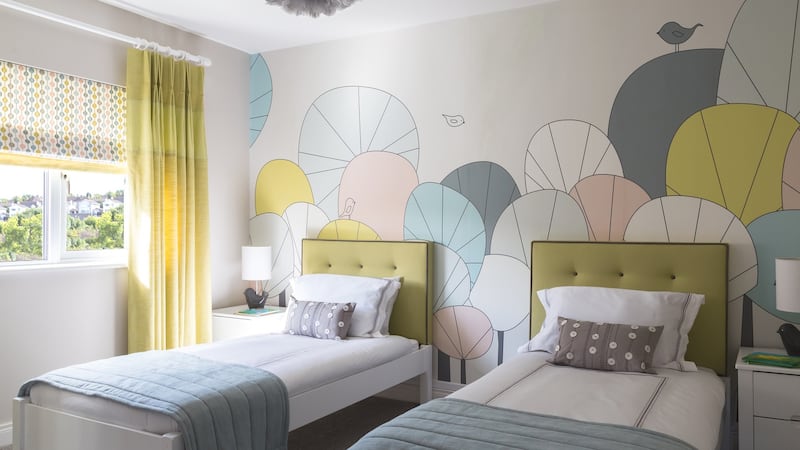
Amongst the long list of safety features, they have put down interlocking foam mats on the floor and installed toilet locks, baby gates at the top and bottom of the stairs, safety locks on cupboards, cord clips for blinds and restrictors on the windows.
“I did have a glass coffee table which I put edging and corner guards on, but when Ben started moving about, we moved it away altogether,” she says.
“We have a responsibility to keep these little people safe and if someone wants minimum disturbance and a perfect house, they should get a goldfish instead of a baby.”
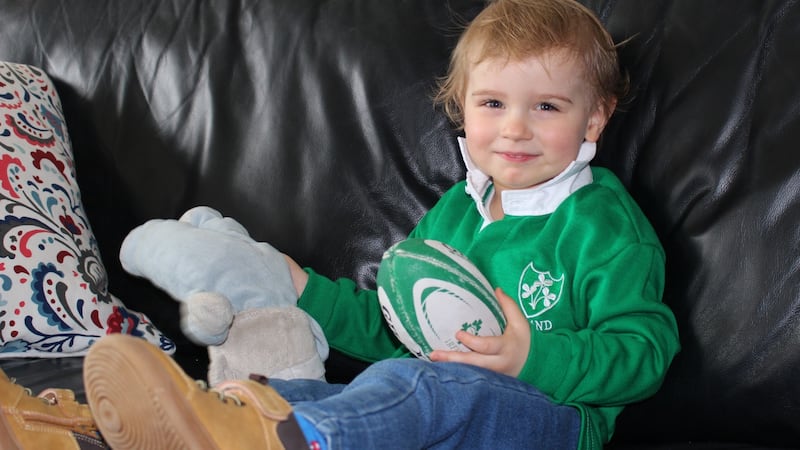
Learning and discovery
Child psychologist Peadar Maxwell says parents must adapt their home to the needs of their child.
“While there is no substitute for adult supervision, remember that your growing, curious toddler does not understand danger,” he says.
“Very young children are driven by reflexes and sensory impulses to literally get to grips with their surroundings, so they grab your nose or hair, stick any object in their mouth or poke with their tiny fingers which fit even into an electrical socket.
“Parenting is rewarding but tiring, so save yourself a lot of trouble, worry and upset by making your home safe for your baby or toddler to explore. And remember that their exploration has an important function, it is the beginning of learning and discovery.”
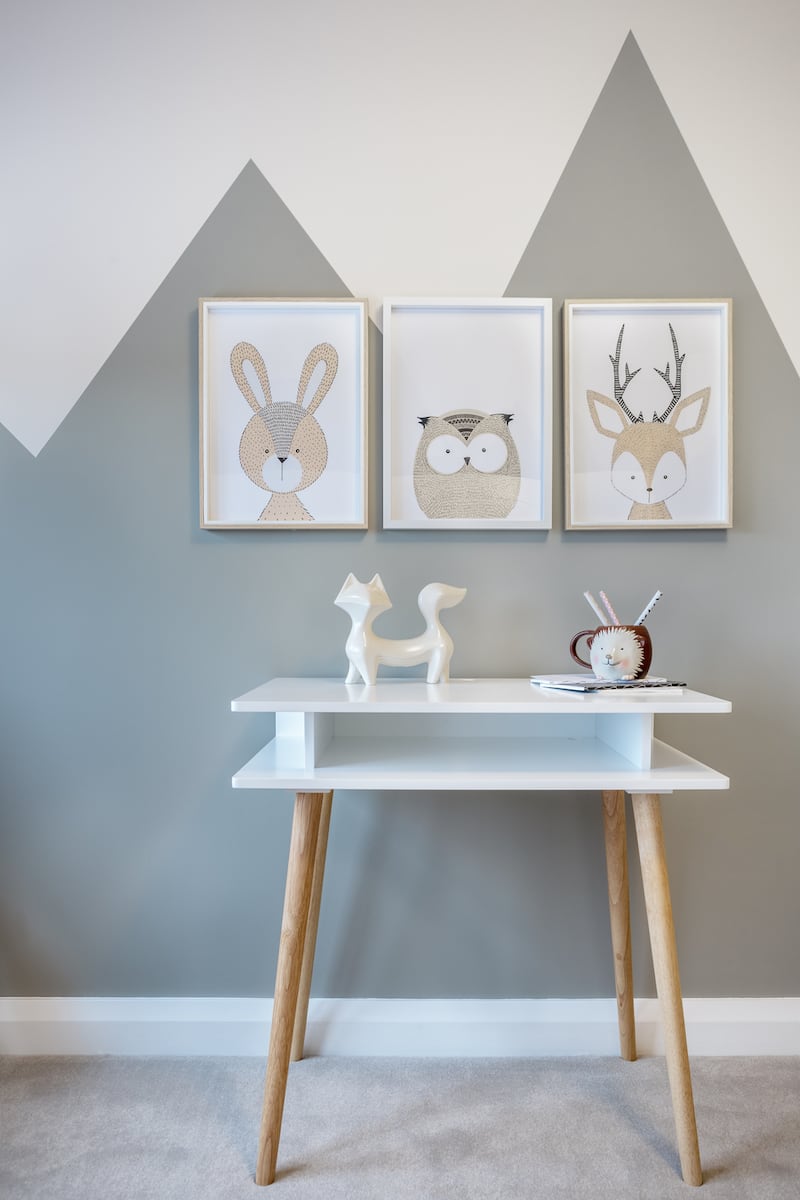
The expert says that the best way to understand what changes need to be made to your home, is to try and see it from your child’s eyes.
“When planning to make your home safe, get down on the floor to your child’s level and imagine what they could grab or hit off,” he says. “Plan in advance to install any safety equipment such as locks or gates and put breakables or dangerous blind cords away and out of reach.
“And remember, this baby and toddler phase will one day seem like the blink of an eye. But in the meantime, I would recommend that parents read the HSE’s Child Safety Checklist.” (hse.ie)
Stylish storage
As a former nurse and mother of three, interior designer Anne Tuohy says making your home child friendly doesn’t mean that it can’t look great at the same time.
“To achieve a stylish home with young children, I advise investing in lots of storage solutions,” she says. “You can use baskets, shelves, and crates to hold toys or cabinets to create hidden storage. Multifunctional furniture such as coffee tables with drawers are also useful – and having an ottoman or window seat upholstered in a beautiful fabric creates elegance as well as providing additional storage and seating.
“But all sofas and chairs should be in an AquaClean type fabric, so that stains can be easily cleaned with water. This means that you can still have the most stylish furnishings in light colours which are also child proof.”
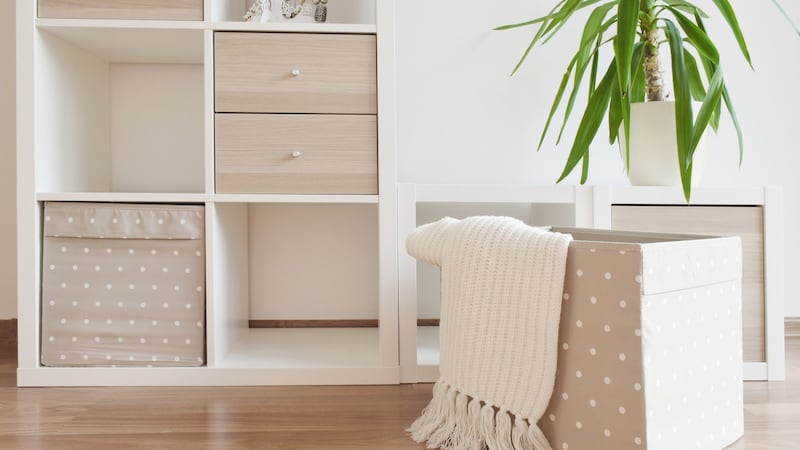
The designer also says that if carpet is necessary, then make sure it is one which can be cleaned and always choose washable paint. It might be necessary to put valuable or precious ornaments out of reach or in storage and replace with wooden, unbreakable items until the toddler period is over.
But the baby years don’t last forever, so don’t make any permanent changes and maybe add something special to your décor which is completely out of reach from your curious child.
“Upcycling furniture is a good idea for your child’s bedroom as you can turn a chest of drawers into a stylish changing table and inexpensive bookcases and shelving can also be given a great new look,” she says. “But don’t be tempted to go with a baby theme as children grow up very fast, so instead put your focus into creating a scheme which will grow with them.
“And in fact, now would be a very good time to invest in some striking art, as even a valuable piece will be safe on the wall and will add style and colour to any space.”
Durable fabrics
Jackie Carton, creative director of Carton Interiors and president of The Interiors Association, knows all about baby proofing as, although her twins are now teenagers, she had to make some serious changes when they arrived.
“Gone were the glass tables and tiled floors as hard surfaces really aren’t child friendly,” she says. “Instead we carpeted some rooms for softness and used a durable bamboo floor in the downstairs rooms. Babies come with a mountain of accessories and storage is vital to keep this in check, so built-in drawers or units with open shelves were great as they can be repurposed for toy and book storage once baby gets older.”
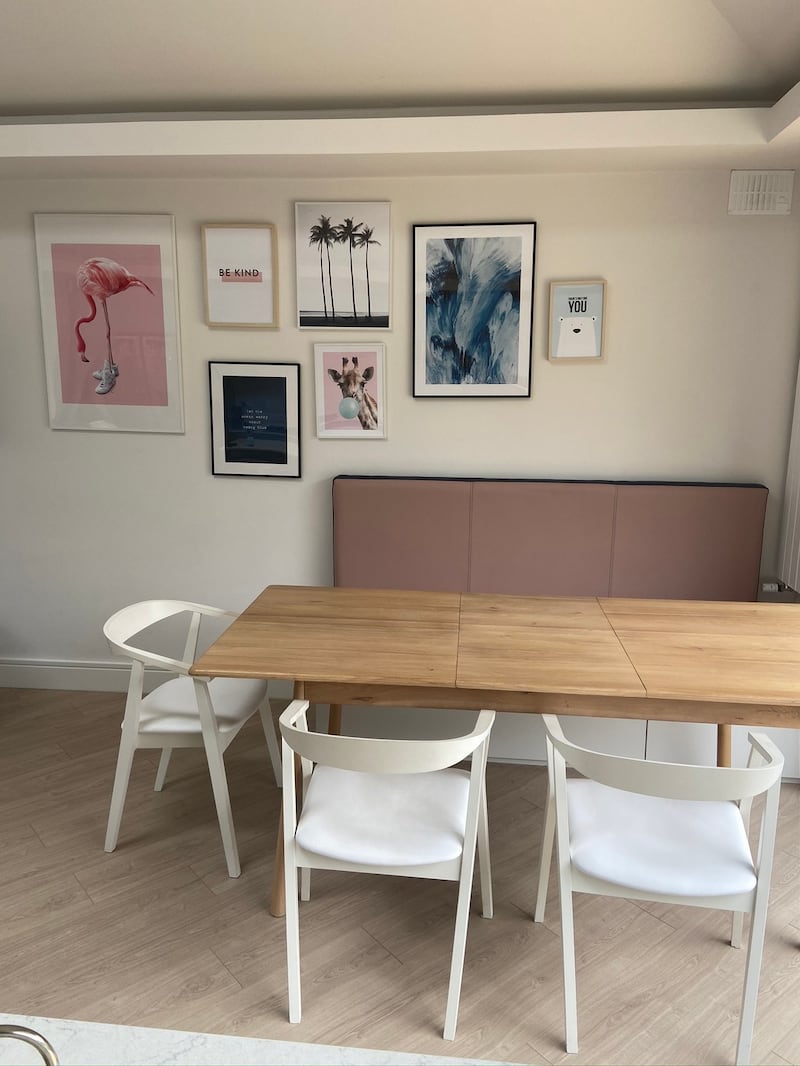
And while safety is obviously paramount, Carton says style doesn’t have to be compromised.
“Durable fabrics and sturdy furnishings were the key to managing the décor when the twins were younger,” she says.
“Sometimes new parents over-compensate by removing absolutely everything, but the ‘look’ of your room can be retained by moving things above waist high so small accessories and trinkets are kept out of reach. In our house, the only thing the twins could reach were softer tactile items like rugs, cushions and throws.
“Another tip to retain character is to use your walls, so if adding paint and wallpaper use wipeable versions. Also, use the walls for display – artwork and photos bring individuality and personality to your home so use these to inject colour and pattern. And once baby becomes mobile, a chalkboard wall is a great way to keep their ‘works of art’ confined to a manageable space.”
Fellow interior designer Julianne Bloomer says there are so many ways you can baby proof your home without everywhere “being covered in plastic or wrapping every corner in bubble wrap”.
“Stainguard fabrics have come into their own in past few years and they are so easy to keep clean,” she says. “And it’s never too late to get existing sofas sprayed with protection.
“But don’t invest in items that will wear fast. I love a large inexpensive Ikea rug – let it owe you nothing and then just replace. And invest in ceiling lights – a fab designer light will add style to the home and become a feature in a room and as long as footballs are banned indoors, it should be safe enough.”















